Is Acrylic Waterproof Paint Truly Waterproof?
- 12/02/2024
- yuruwaterproof.com
When it comes to waterproofing solutions for construction and industrial projects, the choice of materials is crucial. One such option gaining popularity is acrylic waterproof paint. But how reliable is it really when it comes to providing long-lasting waterproof protection? In this article, we will explore the key properties of acrylic waterproof paint, including its effectiveness in various environmental conditions, its durability, and the critical application guidelines you need to follow for optimal results. We’ll also compare it to other waterproofing materials to help you make an informed decision for your next project.
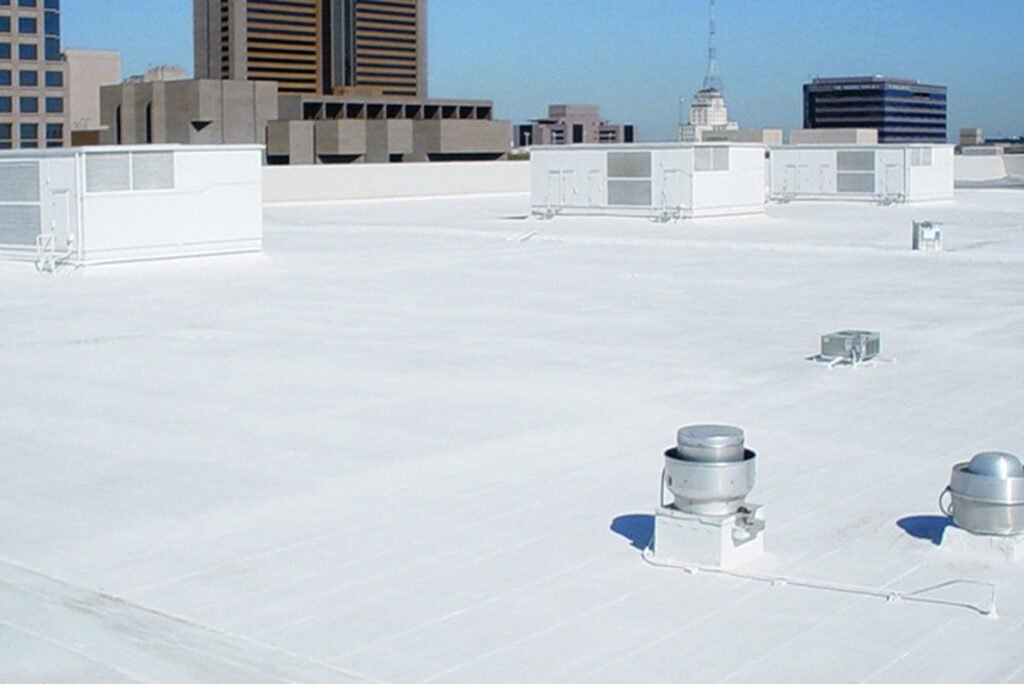
What is Acrylic Waterproof Paint?
Acrylic waterproof paint is a popular choice in the construction industry for waterproofing applications. This type of paint is a water-based solution that uses acrylic polymers as its base, offering excellent adhesion, flexibility, and resistance to environmental factors. Below, we’ll explore its core components, how it functions in waterproofing applications, and where it’s commonly used.
Key Components of Acrylic Waterproof Paint
Acrylic waterproof paint is made from a combination of key ingredients that ensure its waterproofing properties:
| Component | Function |
| Acrylic Polymers | Form the base, providing flexibility and water resistance. |
| Water | The solvent that helps with application and drying. |
| Pigments | Offer color and UV protection. |
| Additives | Enhance properties like drying speed, adhesion, and mildew resistance. |
How Acrylic Waterproof Paint Works
Acrylic waterproof paint works by forming a strong, durable film when applied to surfaces. This film acts as a barrier, preventing water from penetrating the material underneath. The unique properties of acrylics allow the paint to expand and contract with temperature changes, which is crucial for maintaining its waterproof performance over time.
- Water Resistance: The acrylic polymers create a dense network of molecules that repels water, providing an effective waterproof barrier.
- Flexibility: As acrylic paint dries, it forms a flexible membrane that moves with the substrate, preventing cracks and ensuring long-term performance.
- Breathability: Unlike other waterproofing materials, acrylic paint is breathable, which helps to reduce moisture buildup underneath the coating and prevents issues like mold or mildew.
How Acrylic Waterproof Paint Works
Acrylic waterproof paint is used in a variety of settings, including:
- Residential and Commercial Buildings: For waterproofing roofs, walls, and basements.
- Bridges and Infrastructure: Used for protecting structures exposed to the elements.
- Industrial Applications: Ideal for waterproofing tanks, pipes, and other surfaces in industrial settings.
Acrylic waterproof paint is also preferred for its ease of use and fast drying times, making it a versatile solution for both new construction projects and renovation works.
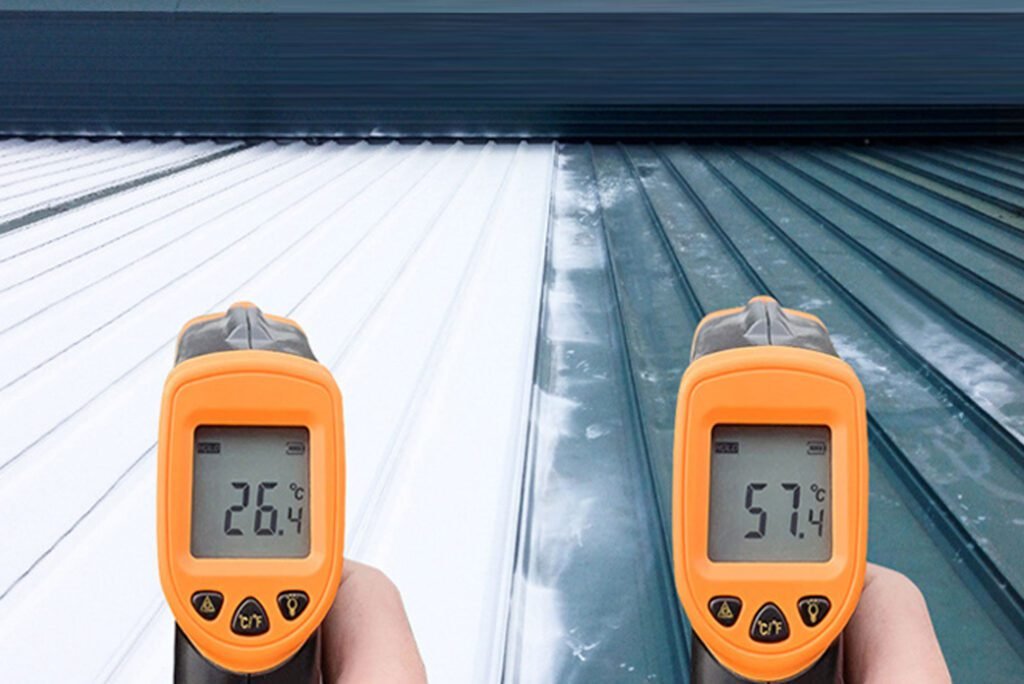
How Effective is Acrylic Waterproof Paint for Protection?
Acrylic waterproof paint is renowned for its excellent waterproofing capabilities, making it a go-to solution for various construction and industrial applications. In this section, we will dive deeper into its waterproofing performance across different environments and explore the factors that ensure long-term protection.
Waterproofing Performance in Different Environments
Acrylic waterproof paint is designed to withstand various environmental challenges. Its performance can vary based on factors such as humidity, temperature, and exposure to sunlight. Below is a breakdown of its effectiveness in different conditions:
| Condition | Performance of Acrylic Waterproof Paint |
| High Humidity | Excellent water resistance, prevents water penetration even in damp or wet conditions. |
| High Temperatures | Retains waterproofing properties, resists cracking due to heat expansion. |
| Low Temperatures | Maintains flexibility, preventing cracking or peeling in cold weather. |
| UV Exposure | Resistant to UV rays, reducing degradation and maintaining protective qualities. |
Long-Term Waterproofing Stability
To ensure that acrylic waterproof paint continues to perform effectively over time, several technical features help maintain its stability:
- Durability: The acrylic polymers form a tough, cohesive layer that resists wear and tear from environmental factors. This layer is highly resistant to cracking, peeling, and fading, which is crucial for maintaining waterproofing protection.
- Flexibility and Adaptability: Acrylic waterproof paint remains flexible even after curing, allowing it to expand and contract with temperature changes. This elasticity ensures that the paint does not crack, preserving the waterproof barrier even under shifting conditions.
- Mildew and Mold Resistance: Acrylic-based waterproof paints are formulated with antimicrobial additives that help prevent the growth of mold and mildew, even in the most humid environments.
Key Benefits for Long-Term Protection
- Low Maintenance: Due to its durability and flexibility, acrylic waterproof paint requires minimal maintenance once applied.
- Cost-Effective: It provides long-lasting protection without needing frequent reapplication, making it a cost-effective solution for waterproofing projects.
- Versatile: Acrylic waterproof paint can be used on various surfaces, including concrete, wood, and metal, without compromising its waterproofing performance.
By using advanced technology and high-quality materials, acrylic waterproof paint ensures reliable and long-lasting protection, even in challenging environmental conditions.
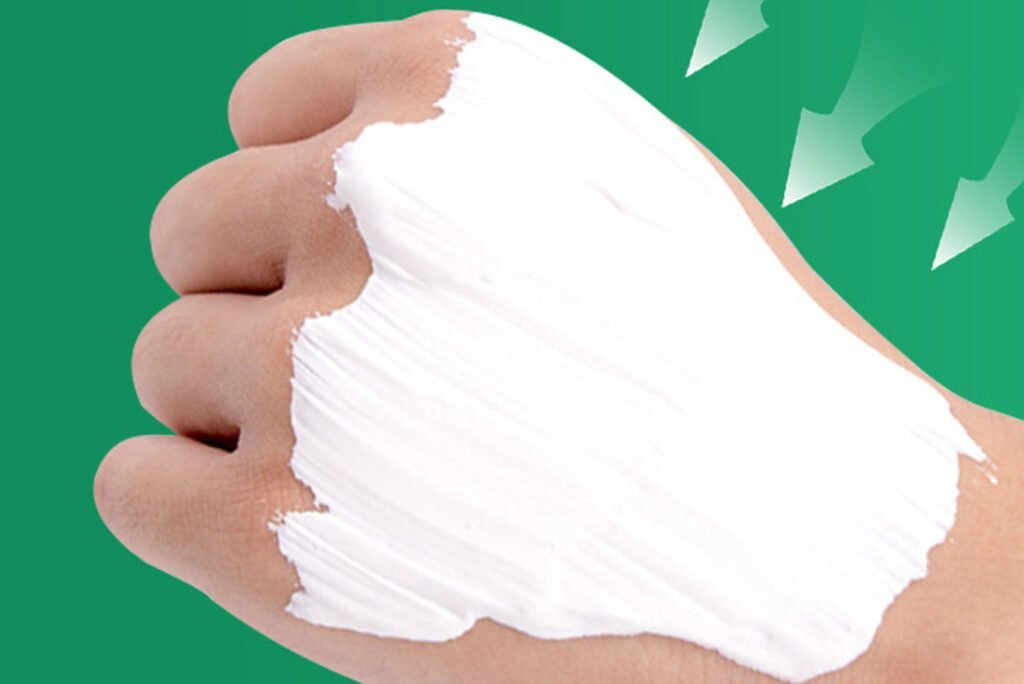
Durability and Adaptability of Acrylic Waterproof Paint
Acrylic waterproof paint is known for its superior durability and adaptability, making it suitable for a wide range of applications in both residential and industrial settings. In this section, we’ll examine how this paint performs under various environmental and climatic conditions, and how it resists external factors such as UV exposure, oxidation, and chemical corrosion.
Resistance to UV Radiation
One of the standout features of acrylic waterproof paint is its strong resistance to ultraviolet (UV) rays. UV radiation can degrade many coatings over time, leading to cracking, fading, and a decrease in waterproofing effectiveness. However, acrylic waterproof paint is formulated with UV-resistant additives that help it maintain its color and integrity, even when exposed to prolonged sunlight.
| Feature | Performance of Acrylic Waterproof Paint |
| UV Resistance | High resistance to UV rays, preventing degradation and fading. |
| Color Retention | Retains original color longer, making it aesthetically appealing. |
| Crack Resistance | Prevents cracking due to UV exposure, maintaining a waterproof barrier. |
Resistance to Oxidation and Chemical Corrosion
Acrylic waterproof paint also exhibits excellent resistance to oxidation and chemical corrosion, which is crucial in environments where exposure to harsh chemicals is a concern. Whether used in industrial settings or areas exposed to water and chemicals, this paint forms a protective layer that prevents rust and other forms of corrosion.
- Oxidation Resistance: Acrylic polymers prevent oxidation by creating a strong, airtight layer that stops moisture from penetrating and causing rust or corrosion. This makes it suitable for metal surfaces and other materials that are prone to rusting when exposed to water and air.
- Chemical Resistance: Acrylic waterproof paint can resist mild acids, alkalis, and other chemicals, making it ideal for use in environments like factories, storage tanks, and wastewater treatment facilities.
Adaptability to Extreme Weather Conditions
Acrylic waterproof paint is engineered to adapt to extreme weather conditions, offering long-term performance in both hot and cold climates. It remains flexible even in freezing temperatures, ensuring that it doesn’t crack or peel when the temperature drops. In high temperatures, the paint’s ability to withstand heat expansion prevents bubbling or peeling.
| Weather Condition | Performance of Acrylic Waterproof Paint |
| High Temperatures | Resists heat-related expansion, preventing cracks or peeling. |
| Freezing Conditions | Maintains flexibility and resists cracking or peeling. |
| Heavy Rain | Excellent waterproofing, even during heavy or prolonged rainfall. |
Long-Term Reliability in Harsh Environments
The combination of UV resistance, oxidation protection, and chemical adaptability makes acrylic waterproof paint highly reliable in harsh environments. Whether it’s exposure to high humidity, extreme temperatures, or even corrosive chemicals, this paint ensures that surfaces remain protected for years without compromising its waterproofing performance.
- Long-Term Protection: Acrylic waterproof paint can last for many years without the need for frequent maintenance or reapplication, providing cost-effective, long-term protection for a variety of surfaces.
- Versatility: Whether used on concrete, metal, wood, or other materials, it adapts to different surfaces while maintaining its performance.
By combining cutting-edge technology with high-quality ingredients, acrylic waterproof paint delivers a durable, long-lasting solution to waterproofing, even in the harshest of environments.
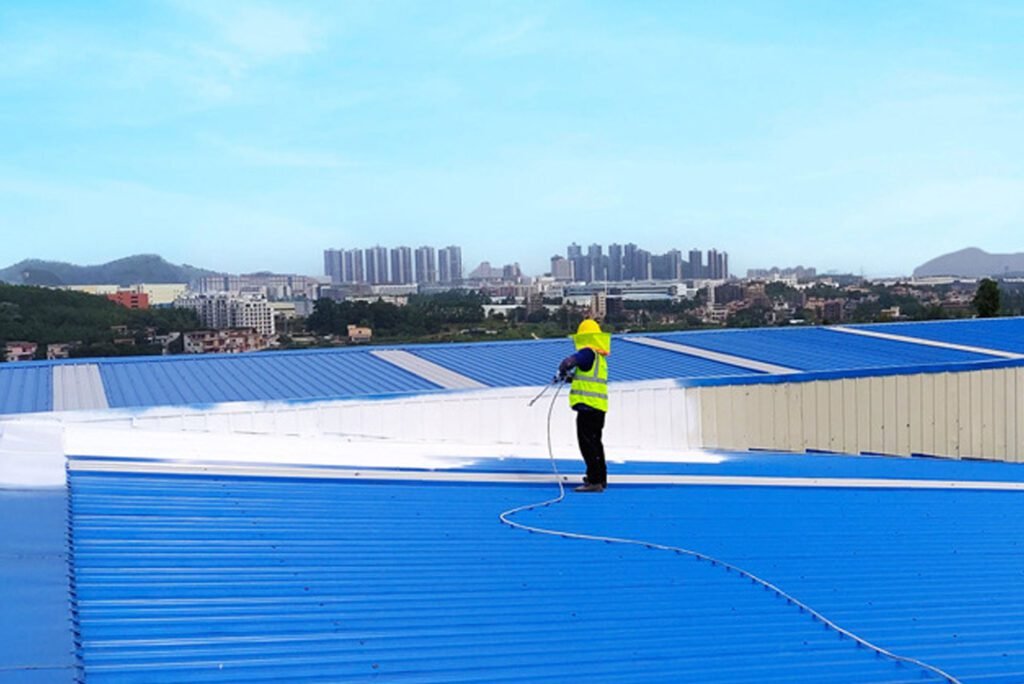
Application Requirements and Key Considerations for Acrylic Waterproof Paint
Proper application is crucial to ensure the full effectiveness and durability of acrylic waterproof paint. In this section, we will discuss the key requirements for applying this type of paint, along with some technical tips and common challenges that may arise during the application process. By understanding these factors, you can achieve the best results and ensure long-lasting waterproofing performance.
Key Application Requirements
To ensure the best performance, it is essential to follow the right application steps. Here are the main requirements:
| Application Step | Details |
| Surface Preparation | Clean the surface thoroughly to remove dirt, dust, grease, and old coatings. Ensure the surface is dry and free from moisture. |
| Priming | Depending on the surface type, apply a suitable primer to improve adhesion. This is particularly important for smooth or non-porous surfaces. |
| Temperature Range | Ideal application temperature is between 10°C (50°F) and 30°C (86°F). Avoid applying in extreme cold or hot conditions. |
| Humidity Conditions | Avoid application in high humidity (over 85%) to prevent improper curing or blistering. |
| Layer Thickness | Apply in 2-3 thin layers for optimal waterproofing results. Each layer should be applied evenly. |
| Drying Time | Allow each layer to dry for 4-6 hours before applying the next. Full curing can take up to 24 hours. |
Application Techniques
The technique used to apply acrylic waterproof paint can significantly affect its performance. Below are the recommended methods for applying this type of paint:
- Roller Application: For large surface areas like walls and floors, use a high-quality roller. Roll the paint in even strokes, making sure to cover the entire area without leaving gaps.
- Brush Application: For edges, corners, and small areas, use a brush. Ensure that the paint is applied smoothly and evenly to avoid any drips or uneven spots.
- Spray Application: For a smooth and uniform finish, spray application can be effective. It allows for faster coverage and reduces brush marks, but requires proper equipment and technique.
Common Application Problems and How to Avoid Them
Even though acrylic waterproof paint is easy to apply, there are a few common issues that can arise during the application process. Here’s how to avoid them:
| Problem | Cause | Solution |
| Peeling or Blistering | Excess moisture in the substrate or application in high humidity. | Ensure the surface is completely dry and apply in low humidity. |
| Uneven Coverage | Applying too thick a layer or uneven application. | Apply multiple thin layers, ensuring an even spread. |
| Cracking | Paint applied in extreme temperature conditions or over a dirty surface. | Avoid application in extreme weather and clean surfaces properly before application. |
| Streaks or Brush Marks | Using poor-quality brushes or improper application technique. | Use a high-quality brush/roller and apply in smooth, even strokes. |
Curing and Drying Considerations
After applying acrylic waterproof paint, the curing process is crucial for ensuring optimal performance:
- Drying Time: Acrylic waterproof paint generally dries within 4-6 hours between layers. However, full curing, where the paint achieves its full waterproofing potential, can take up to 24 hours. Avoid exposure to water during this period.
- Curing in Cold Weather: If applying in cold conditions (below 10°C or 50°F), allow extra time for curing. The drying time will increase, and the paint may not bond effectively if the temperature is too low.
- Moisture Sensitivity: While the paint is drying, avoid any contact with moisture or rain. Exposing the surface to water before full curing may compromise the waterproofing layer.
Tips for a Successful Application
- Test a Small Area: Always test the paint on a small, inconspicuous area to ensure compatibility and check for any adverse reactions before full application.
- Use High-Quality Tools: The quality of brushes, rollers, and sprayers directly impacts the final finish and ease of application. Choose tools that are designed for use with acrylic-based paints.
- Work in Sections: Apply the paint in manageable sections to avoid inconsistencies and ensure that the entire area is covered without interruptions.
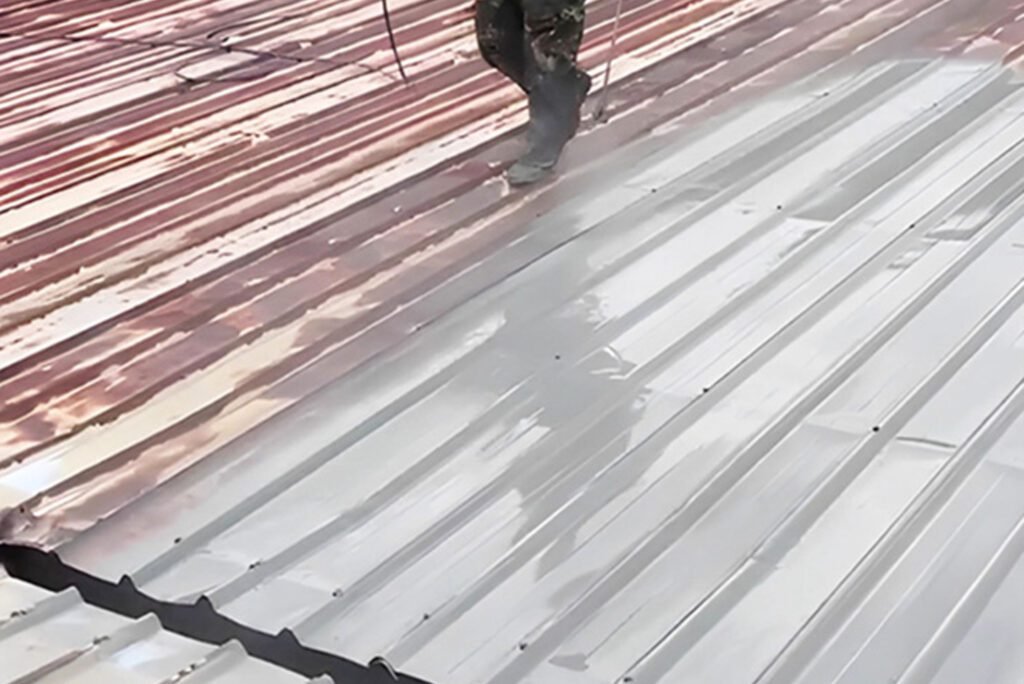
Comparison of Acrylic Waterproof Paint with Other Waterproofing Materials
When choosing the right waterproofing material for a project, it’s essential to understand the advantages and limitations of different options. Acrylic waterproof paint is just one of many choices available, and it’s important to compare it to other common waterproofing solutions, such as polyurethane waterproofing paint and silicone-based waterproofing coatings. In this section, we will compare these materials across several important factors including waterproofing effectiveness, cost, ease of application, and durability.
Waterproofing Effectiveness
Acrylic waterproof paint is known for its excellent water resistance, but how does it compare to other materials like polyurethane and silicone-based coatings?
| Waterproofing Material | Waterproofing Effectiveness |
| Acrylic Waterproof Paint | Offers strong water resistance and flexibility, forming a durable barrier that repels water even in high-humidity environments. |
| Polyurethane Waterproof Paint | Provides superior waterproofing, especially in high-pressure environments. It forms a thicker, more durable membrane that is resistant to water penetration. |
| Silicone Waterproof Coatings | Exceptional at waterproofing and breathable, silicone coatings are highly effective in protecting surfaces from water. However, they are less flexible than acrylics. |
Acrylic waterproof paint is ideal for general-purpose waterproofing in both residential and commercial projects. However, in environments where water pressure is a significant concern (such as underground structures or tanks), polyurethane coatings may be more effective due to their superior thickness and ability to withstand water pressure.
Cost Comparison
The cost of waterproofing materials can significantly influence the decision-making process, especially for large projects. Below is a breakdown of the cost comparison:
| Waterproofing Material | Cost (Per Square Meter) |
| Acrylic Waterproof Paint | Generally the most cost-effective option, offering excellent value for medium to large surface areas. |
| Polyurethane Waterproof Paint | More expensive due to the material’s high performance and thicker application. |
| Silicone Waterproof Coatings | Typically higher in cost compared to acrylics, but offers excellent long-term protection in extreme conditions. |
While acrylic waterproof paint is often the most affordable option, polyurethane and silicone coatings may justify their higher costs with superior performance in specialized applications, such as high-water-pressure environments or areas requiring advanced chemical resistance.
Ease of Application
Acrylic waterproof paint is known for its ease of use and fast-drying properties. Here’s how it compares with other materials in terms of application:
| Waterproofing Material | Ease of Application |
| Acrylic Waterproof Paint | Very easy to apply with brushes, rollers, or sprayers. It dries quickly between layers and doesn’t require complex application techniques. |
| Polyurethane Waterproof Paint | Requires more skill and preparation for proper application. It has a longer drying time and may require special equipment to apply evenly. |
| Silicone Waterproof Coatings | Can be tricky to apply due to its thicker consistency. It requires specific conditions for curing and may be more difficult to work with than acrylics. |
Acrylic waterproof paint’s ease of application makes it an ideal choice for both professional contractors. It’s also highly adaptable, allowing for quick touch-ups or reapplications without the need for special equipment or extensive preparation.
Durability and Longevity
Durability is a critical factor when selecting a waterproofing solution. Here’s how each material compares in terms of longevity:
| Waterproofing Material | Durability and Longevity |
| Acrylic Waterproof Paint | Very durable with proper application, but may require reapplication every 5-7 years, especially in harsh climates. |
| Polyurethane Waterproof Paint | Long-lasting, often exceeding 10 years without significant wear. It is highly resistant to abrasion, making it ideal for high-traffic areas. |
| Silicone Waterproof Coatings | Extremely durable and often outlasts both acrylic and polyurethane, with a lifespan of up to 15 years or more in the right conditions. |
While acrylic waterproof paint offers excellent durability, it may require more frequent maintenance compared to polyurethane or silicone coatings. If a project requires a solution that lasts for many years with minimal upkeep, polyurethane or silicone might be the better choice.
Suitability for Different Applications
Each waterproofing material has its strengths, and the best option depends on the specific needs of the project. Here’s a summary of their ideal applications:
| Waterproofing Material | Best For |
| Acrylic Waterproof Paint | General-purpose waterproofing, residential buildings, light commercial applications. |
| Polyurethane Waterproof Paint | High-pressure waterproofing, industrial applications, underground projects, and areas exposed to harsh chemicals. |
| Silicone Waterproof Coatings | Extreme weather conditions, roofs, and applications where breathability is essential, such as in outdoor environments with high humidity. |
Choosing the right waterproofing material depends on the specific requirements of your project. For most general applications, acrylic waterproof paint offers a balance of performance, cost, and ease of application. However, for projects exposed to extreme conditions or high water pressure, polyurethane or silicone coatings may be better suited due to their superior durability and resistance.
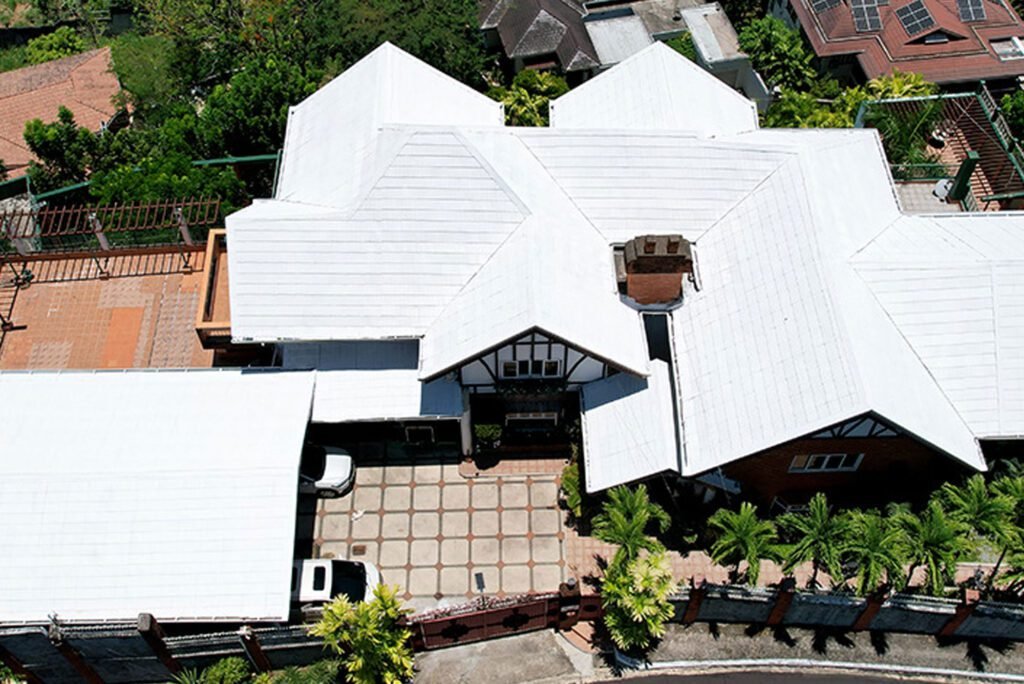
Conclusion: Trust YURU Waterproofing for Reliable Waterproofing Solutions
In conclusion, acrylic waterproof paint offers a perfect balance of affordability, ease of application, and reliable waterproofing performance for a variety of projects. Whether you’re working on a residential building, commercial structure, or industrial site, YURU Waterproofing provides high-quality acrylic waterproof coatings that meet your specific needs. While other materials like polyurethane and silicone may be more suitable for specialized applications, acrylic paint is an excellent choice for general-purpose waterproofing, offering great value and consistent results.
At YURU Waterproofing, we pride ourselves on providing top-notch waterproofing materials backed by years of expertise and innovative technology. Our products, including customized waterproofing solutions, are designed for durability, flexibility, and superior performance in challenging environments. With a focus on meeting the unique needs of wholesalers, contractors, and engineering project managers worldwide, we ensure that every client receives the highest quality materials and support.
If you’re ready to protect your projects from water damage with high-performance waterproofing solutions, YURU Waterproofing is here to support you. We offer customized solutions for large-scale projects and provide expert guidance to ensure the best application and maintenance practices.
Choose YURU Waterproofing as your trusted partner for all your waterproofing needs and enjoy peace of mind knowing that your investments are well-protected for years to come.



Waterproof Coating
- One-component oil-based polyurethane waterproof coating
- One-component water-based polyurethane waterproof coating
- Two-component polyurethane waterproof coating
- Two-component 6.0Mpa polyurethane waterproof coating
- Transparent Waterproof Glue
- Nano Invisible Waterproof Agent
- Silicone Waterproof Coating
- Acrylic Waterproof Coating For Metal Roof
- JS Polymer Waterproof Coating
- High Elastic Liquid Rubber Waterproof Coating
- Cement-based Penetrating Crystallization Waterproof Coating
